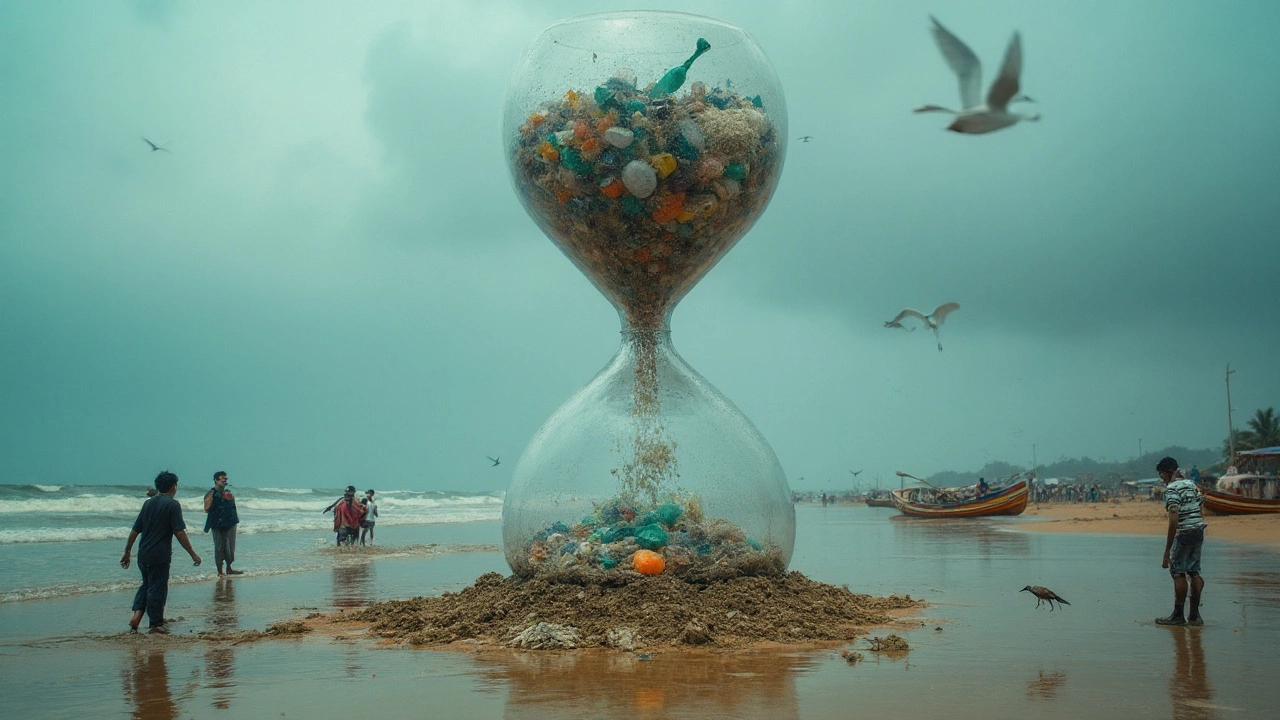Plastic Biodegradation Timeline: How Long Does Plastic Really Last?
Ever wondered why a plastic bottle you tossed away yesterday is still sitting in a landfill years later? The answer lies in the plastic biodegradation timeline – the clock that decides how fast a piece of plastic disappears (or doesn’t). Understanding that timeline helps you choose smarter products and reduces your waste footprint.
What Influences the Biodegradation Clock?
Not all plastics are created equal. Their chemistry, thickness, and the environment they end up in all play a role. For example, a thin‑walled grocery bag exposed to sunlight will crack faster than a thick HDPE milk jug buried in soil. UV light, temperature, moisture, and microbial activity are the main drivers that either speed up or stall the breakdown process. Additives like plasticizers or stabilizers can also lock the polymer chains, making them harder for microbes to chew on.
Another big factor is whether the plastic is labeled “biodegradable.” Those materials contain special polymers that microbes can digest under the right conditions – usually in industrial composting facilities where temperature stays above 55 °C. If you toss a biodegradable bag into a regular landfill, it may behave like regular plastic because the conditions aren’t right.
Typical Timelines for Common Plastics
PET (polyethylene terephthalate) bottles: These clear drink bottles are popular, but they can linger for 450 years or more in a landfill. Sunlight can cause some cracking in a few years, but full degradation takes centuries.
HDPE (high‑density polyethylene) containers: Milk jugs, detergent bottles, and grocery bags fall into this group. Expect a timeline of 400–500 years, with minor surface weathering after a few decades.
PP (polypropylene) items: Caps, yogurt containers, and packaging films break down in roughly 250–300 years. Again, UV exposure can create micro‑cracks much earlier, but the polymer itself stays intact.
Polystyrene (Styrofoam): This lightweight foam is notorious for persistence. Estimates range from 500 years to several millennia, especially when buried where oxygen is limited.
Biodegradable and compostable plastics: When processed in a certified industrial composting plant, many of these can turn to harmless residue in 90‑180 days. In a backyard compost or landfill, the timeline stretches dramatically – often back to 10‑30 years, depending on conditions.
Microplastics add a twist to the story. Even after a plastic item “breaks down,” it may fragment into tiny particles that linger for centuries, entering waterways and the food chain.
So, what can you do with this knowledge? Pick products with a shorter biodegradation timeline when possible – like paper‑based packaging or certified compostable wraps. Reuse items (a PET bottle can become a plant pot) and recycle responsibly; recycling gives the material a new life instead of letting it sit in a landfill.
Remember, the plastic biodegradation timeline isn’t set in stone. It shifts with technology, recycling rates, and how we manage waste. By staying aware of how long different plastics last, you can make choices that keep our planet cleaner and your waste footprint smaller.
